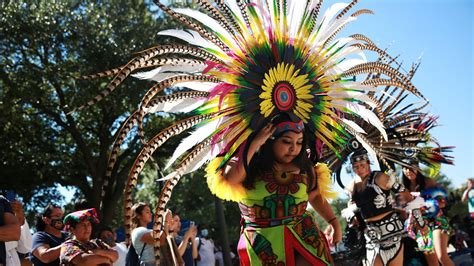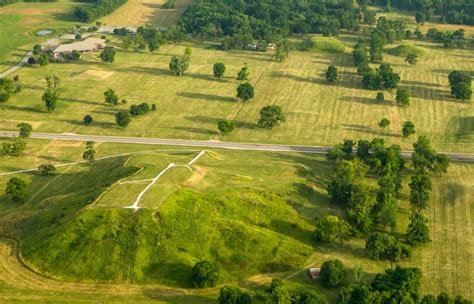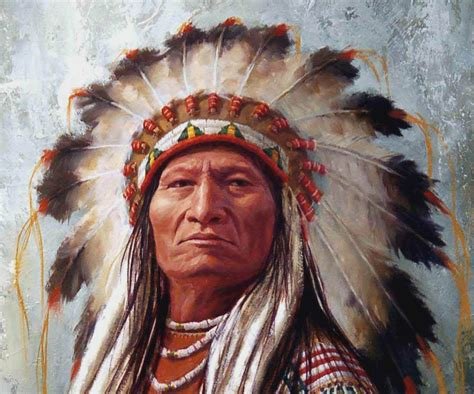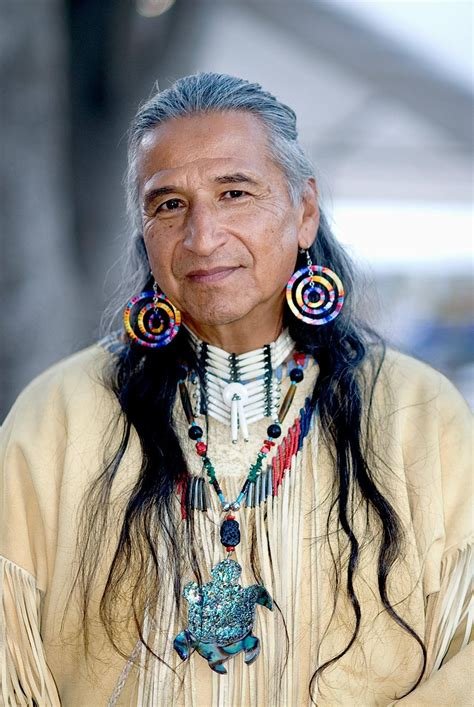Explore ten essential facts about American Native peoples, from ancient sites like Watson Brake to the cultural richness of Cahokia and their influence on U.S. governance. Learn about their enduring legacy and contributions.
The history and culture of American Native peoples often get overshadowed by the stories of European settlers who arrived in the 17th century. However, the original inhabitants of these lands have a deep and fascinating legacy that deserves recognition and respect. Here’s a look at ten crucial facts about American Native peoples that highlight their significant contributions and enduring influence.
Understanding Facts About American Native Peoples

The diverse cultures and histories of American Native nations are rich and varied, each with unique traditions, languages, and stories. Celebrating Native American Heritage Month each November is an opportunity to engage with and appreciate the profound contributions of over 575 Native nations currently in the U.S. Understanding these essential facts about American Native peoples is a step toward honoring and respecting the enduring legacy of the original inhabitants of Turtle Island.
1. The first facts about American Native peoples is Ancient Origins: The Enigma of Watson Brake

While the Great Pyramid of Giza is a celebrated ancient marvel, North America’s Watson Brake, located in modern-day Louisiana, predates it. Dating back to around 3500 BCE, Watson Brake is an ancient mound complex featuring eleven mounds. Unlike other ancient sites, its purpose remains a mystery, though artifacts like ceramics and tools hint at significant early human activity. Discovered in the 1980s, Watson Brake challenges our understanding of early Native American societies and stands as the oldest known mound complex in the United States.
2. Cahokia: North America’s Ancient Urban Epicenter
Cahokia, situated in present-day Illinois, was once the largest city in pre-Columbian North America, flourishing from around 600 to 1350 CE. Spanning 2,200 acres, Cahokia was a thriving hub of religion, commerce, and culture, complete with residential areas, a bustling commercial district, and ceremonial spaces. Despite its abandonment due to natural disasters and overpopulation around 1350 CE, Cahokia’s legacy endures as a UNESCO World Heritage Site, revealing the advanced urban planning and societal organization of its time.

3. A Linguistic Tapestry: Over 300 Native American Languages
Before European colonization, North American Indigenous peoples spoke over 300 distinct languages, with some estimates suggesting up to 500. These languages were vital for communication and cultural preservation. However, policies of forced assimilation and boarding schools led to the suppression of Native languages. Today, approximately 170 Native American languages remain, and ongoing revitalization efforts aim to reconnect communities with their linguistic heritage.
4. Agricultural Innovations: The Three Sisters

Native Americans were pioneers in agriculture, cultivating essential crops such as corn, beans, and squash long before European settlers arrived. This practice, known as the “three sisters,” involves planting corn, beans, and squash together in a mutually beneficial arrangement. Corn provides a structure for beans to climb, beans enrich the soil with nitrogen, and squash leaves shade the roots, preventing weeds. This sophisticated agricultural system highlights the deep understanding Native Americans had of their environment.
5. facts about American Native peoples: The Seven Generations Principle
Originating with the Iroquois, the Seven Generations Principle is a guiding philosophy that encourages decision-making with long-term impacts in mind, considering the effects on the seventh generation into the future. This principle reflects the Native American values of community welfare and environmental stewardship, emphasizing that actions should benefit both current and future generations.
6. Haudenosaunee Influence on the U.S. Constitution
The structure of the U.S. Constitution was inspired by the governance system of the Haudenosaunee Confederacy, also known as the Iroquois Confederacy. Their constitution, which included principles like separation of powers and governance by the people, influenced the Founding Fathers of the United States. This democratic model showcased advanced political thinking and respect for individual and collective rights. This is a facts about American Native peoples.

7. Women’s Rights: Facts about American Native peoples Tradition of Equality
In many Native American societies, including the Iroquois, women held significant roles in governance, trade, and household management. They had the power to divorce, retain property, and participated equally in decision-making processes. This contrasted with the limited rights of women in early 19th-century America and influenced the women’s suffrage movement, though Native American women gained voting rights only with the Indian Citizenship Act of 1924.
8. Literary Legacy: From Oral Tradition to Written Works
There are facts about American Native peoples, those cultures have a rich literary tradition, initially passed down orally through stories, songs, and rituals. With the advent of written language, these traditions were recorded by both Native American authors and interested outsiders. Notable authors like Zitkala-Sa, N. Scott Momaday, and Louise Erdrich have contributed to this vibrant literary tradition, preserving and sharing the diverse narratives of Native American peoples.

9. Turtle Island: The Creation Myth
Many Native American creation myths describe the world as being formed on the back of a giant turtle. In the Iroquois creation story, the turtle is a central figure, known as the Earth Bearer. This myth reflects the deep spiritual connection between the Indigenous peoples and their land, symbolizing the nurturing and sustaining qualities of the Earth.
10. facts about American Native peoples: The Indian Removal Act and Its Legacy
The Indian Removal Act of 1830 marked a dark chapter in American history, forcibly relocating Native Americans from their ancestral lands to territories west of the Mississippi River, resulting in immense suffering and loss. Despite the 2007 Declaration on the Rights of Indigenous Peoples recognizing Native American land rights, significant efforts to return lands remain ongoing. The Land Back Movement seeks to restore ancestral lands and acknowledge the legal rights of Native American communities.